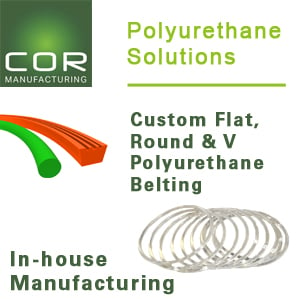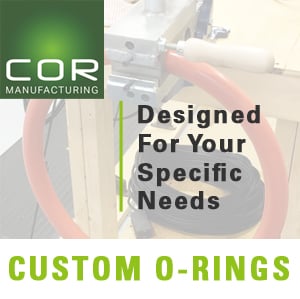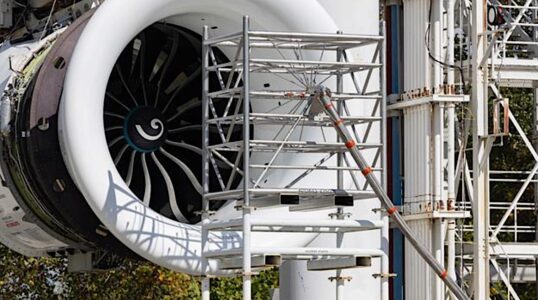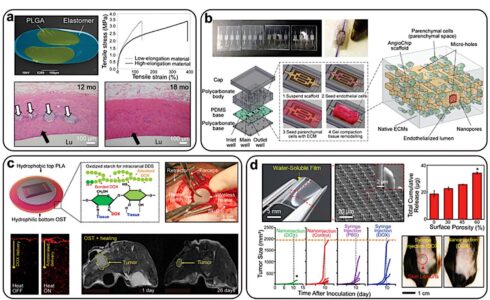New platforms are moving beyond static digital twins to dynamic, “Generative Process Twins” that autonomously redesign factory layouts and workflows for each new product, making mass customization economically viable.
The digital twin has evolved. The major industry news in early 2025 from partnerships like Siemens and NVIDIA is the launch of platforms featuring “Generative Process Twins.”
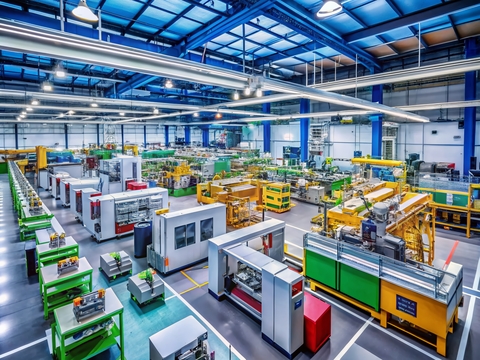
For a design engineer, this closes the loop between the virtual and physical worlds like never before. When a new product is designed in CAD, the generative twin doesn’t just simulate how it could be made on the existing line; it redesigns the virtual factory itself to determine how it should be made.
This is a paradigm shift for low-volume manufacturing. Small manufacturers can now feed a new part design into the system, and within hours, it outputs an optimized factory floor layout, robotic workcell trajectories, and even tooling recommendations. It assesses thousands of permutations that no human team could ever model in time.
The Engineering Design Leap: Designing for Unknown Futures
The core engineering implications are:
- Generative Factory Layouts: The AI uses constraint-based parameters (e.g., floor space, robot reach, safety zones) to generate and evaluate countless factory floor plans, maximizing throughput for a specific product mix.
- Dynamic Robotic Programming: Instead of painstakingly offline programming each robot, the generative twin automatically generates the most efficient and collision-free paths for multiple robots working in concert, dramatically reducing commissioning time from weeks to days.
- Front-Loading Production Risk: By simulating the entire production process for a new design before it is finalized, engineers can identify and resolve manufacturability issues (e.g., a weld point that is inaccessible, a tolerance that is too tight for the process) while the design is still digital and cheap to change.
Source and Context:
- Primary Source: Siemens Press Release: “Siemens and NVIDIA Launch Next-Gen Platform with Generative AI for Factory Optimization,” January 7, 2025.
Implications for Design Engineers: The DfM (Design for Manufacturability) checklist is being replaced by an AI-powered DfM simulator. Engineers must now design products not just for a single manufacturing process, but for a flexible, adaptive production system. This demands a deeper understanding of production constraints as a dynamic, rather than static, set of rules.













